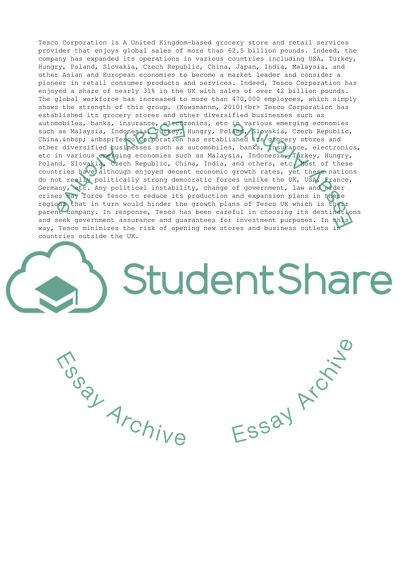Cite this document
(An Analysis of the Impact of External and Internet Environment on Term Paper, n.d.)
An Analysis of the Impact of External and Internet Environment on Term Paper. Retrieved from https://studentshare.org/business/1739246-globalisation-and-innovation
An Analysis of the Impact of External and Internet Environment on Term Paper. Retrieved from https://studentshare.org/business/1739246-globalisation-and-innovation
(An Analysis of the Impact of External and Internet Environment on Term Paper)
An Analysis of the Impact of External and Internet Environment on Term Paper. https://studentshare.org/business/1739246-globalisation-and-innovation.
An Analysis of the Impact of External and Internet Environment on Term Paper. https://studentshare.org/business/1739246-globalisation-and-innovation.
“An Analysis of the Impact of External and Internet Environment on Term Paper”, n.d. https://studentshare.org/business/1739246-globalisation-and-innovation.


